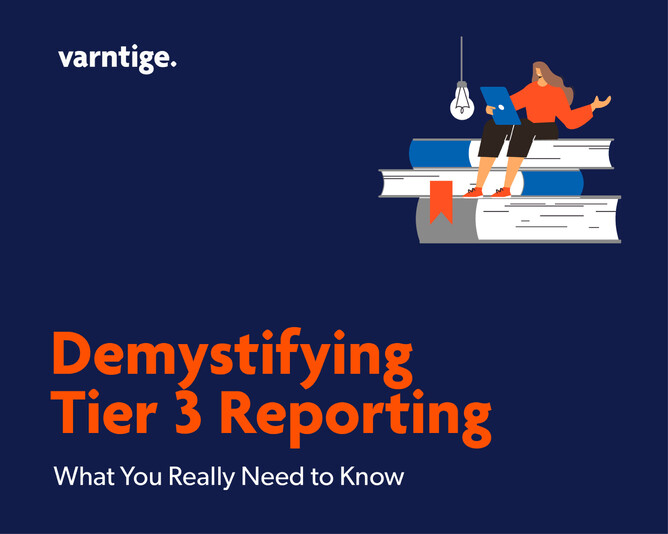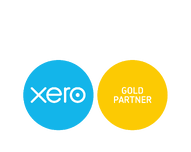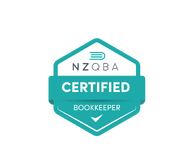If you’re a small charity or not-for-profit in New Zealand, chances are you fall under Tier 3 of the Charities Services reporting framework. But what does that actually mean and how do you make sure you’re doing it right?
This post breaks down Tier 3 reporting in plain English, so you can feel confident about your annual return, tell your impact story clearly, and stay compliant without the stress.
What Is Tier 3 Reporting?
Tier 3 applies to registered charities with annual operating expenses under $2 million that use accrual accounting.
Your annual performance report must include:
Statement of Financial Performance – your income and expenses
Statement of Financial Position – your assets and liabilities
Statement of Cash Flows – what cash was received and spent during the year
Statement of Service Performance – what your charity did and achieved
Notes to the accounts – explanations and accounting policies
Entity Information – who you are, what you do, and how you operate
1. Understand the Statement of Service Performance
This is where you tell your story; not just in numbers, but in outcomes.
What to include:
Your mission and objectives – what you set out to do
Your activities – what you actually did (e.g., programmes, services, events)
Your achievements – outputs (quantifiable results) and outcomes (impact)
Examples:
“We ran 12 youth workshops reaching 150 participants.”
“We distributed 300 care packages to families in need.”
“We supported 45 volunteers with training and mentoring.”
Tip: Track this information throughout the year using spreadsheets, CRM tools, or even a simple logbook. Don’t wait until the end of the financial year to gather it.
2. Link Your Financials to Your Activities
Your financial statements should support your service performance story.
Example:
If you report that you ran youth workshops, your financials should show related expenses like facilitator fees, venue hire, and materials.
Why it matters:
This helps funders, board members, and the public understand how your resources are being used to create impact. It also strengthens your case for future funding.
3. Use Xero to Support Tier 3 Reporting
Xero can make Tier 3 reporting much easier; if it’s set up correctly.
Key features to use:
Tracking categories – tag income and expenses by programme, funding source, or activity
Custom chart of accounts – reflect your actual operations and reporting needs
Source document uploads – attach receipts, invoices, and grant agreements for audit readiness
Budget Manager – compare planned vs actual spending
Tip: Set up your Xero to mirror the structure of your Tier 3 report. This makes it easier to pull the right numbers and tell a consistent story.
4. Avoid Common Mistakes
Some common pitfalls we see include:
Leaving the Statement of Service Performance vague or incomplete
Using generic account names like “General Expenses” or “Miscellaneous”
Not separating restricted and unrestricted funds
Forgetting to attach supporting documents to transactions
Misclassifying income (e.g., treating grants as donations)
Solution:
Build systems that support clarity and accountability all year round; not just at reporting time. If you’re unsure how to treat a grant or donation, seek advice early.
5. Make It Easy for Your Board and Funders
Your Tier 3 report isn’t just a compliance document; it’s a communication tool.
Use it to:
Show transparency and good governance
Demonstrate impact to funders
Build trust with your community
Support future funding applications
Tip: Include visuals like charts, graphs, or infographics to make your report more engaging. Consider adding a short narrative summary at the beginning to highlight key achievements.
6. Plan Ahead for Your Annual Return
Tier 3 reporting is due within 6 months of your financial year-end. Planning ahead can save stress and ensure accuracy.
Checklist:
Reconcile your accounts regularly
Track restricted funding separately
Save all source documents
Record outputs and outcomes regularly
Review your Xero setup annually
Bonus Tip:
Create a shared folder for your board and finance team with templates, past reports, and key dates.
7. Get your team onboard
Make sure you have everyone on board and a clear timeline ready to ensure you have everything completed ready to file your reports before the due date.
Sample Plan:
Throughout the year: Keep everything up to date and ensure all source documents for both financial and non-financial information are on hand.
Month after EOFY: Treasurer, staff and finance team ensure all documents and details are tidy for end of year.
2-3 Months After EOFY: Accountant completed Annual Financial Statements and returns to the board for review.
3-5 Months After EOFY: Schedule in your audit to be completed a minimum of 1 Month before your AGM and reports are required to be filed.
AGM and Submit Annual Reports: Hold AGM and file reports with IRD and Charities Services etc.
Finally: Review audit feedback and make tweaks to your process and systems as required. Don’t just set and forget.
Bonus Tip:
Schedule the key dates early. Book time in calendars for Key events/meetings – e.g. book in a meeting with the accountant 1-2months before end of year to set plans in motion and give them an update on any key changes within the last year.
Want Help Setting Up Xero for Tier 3 Reporting?
At Varntige, we help charities set up Xero in a way that supports Tier 3 reporting standards from tracking categories and budgeting to preparing your Statement of Service Performance.
Book a free consultation or ask us about our Xero setup and reporting support services.








